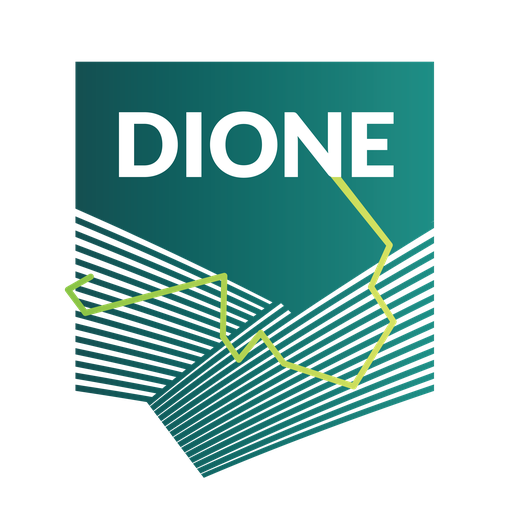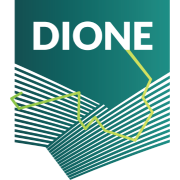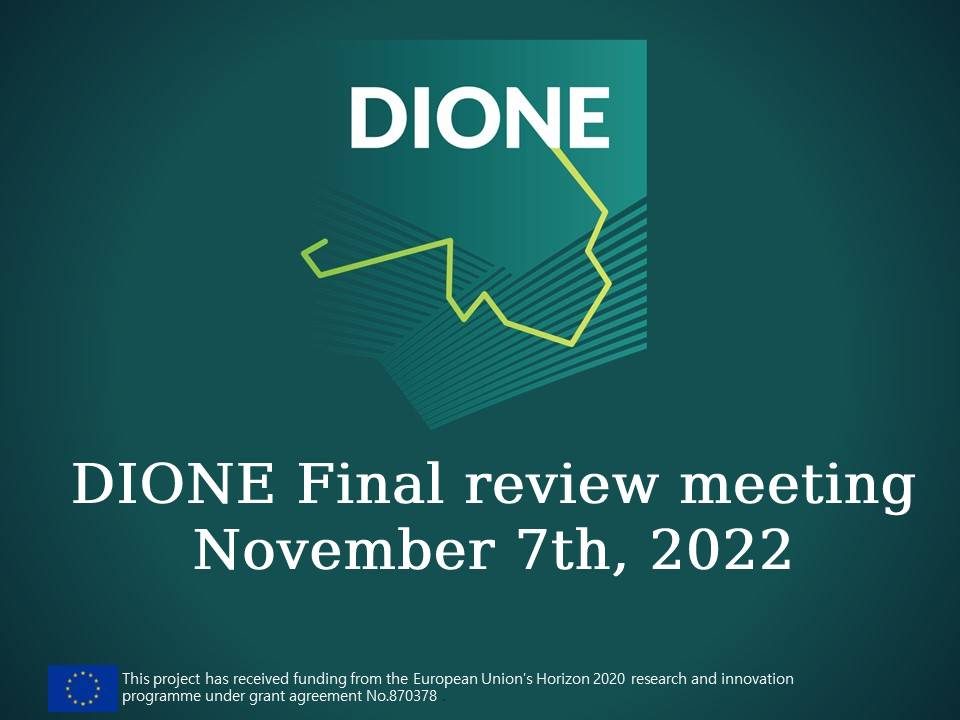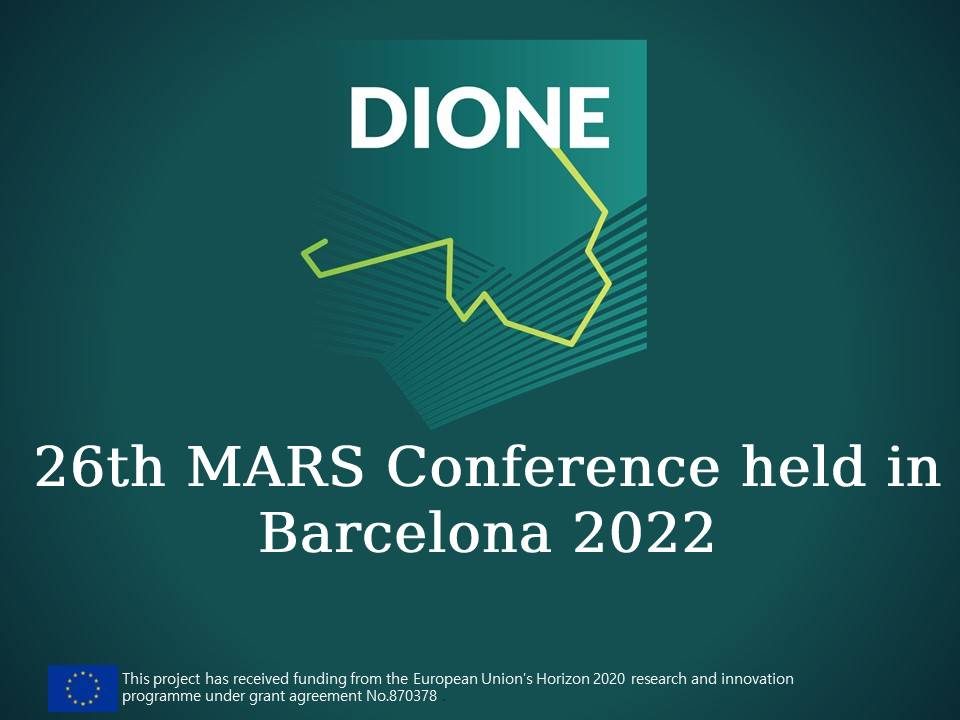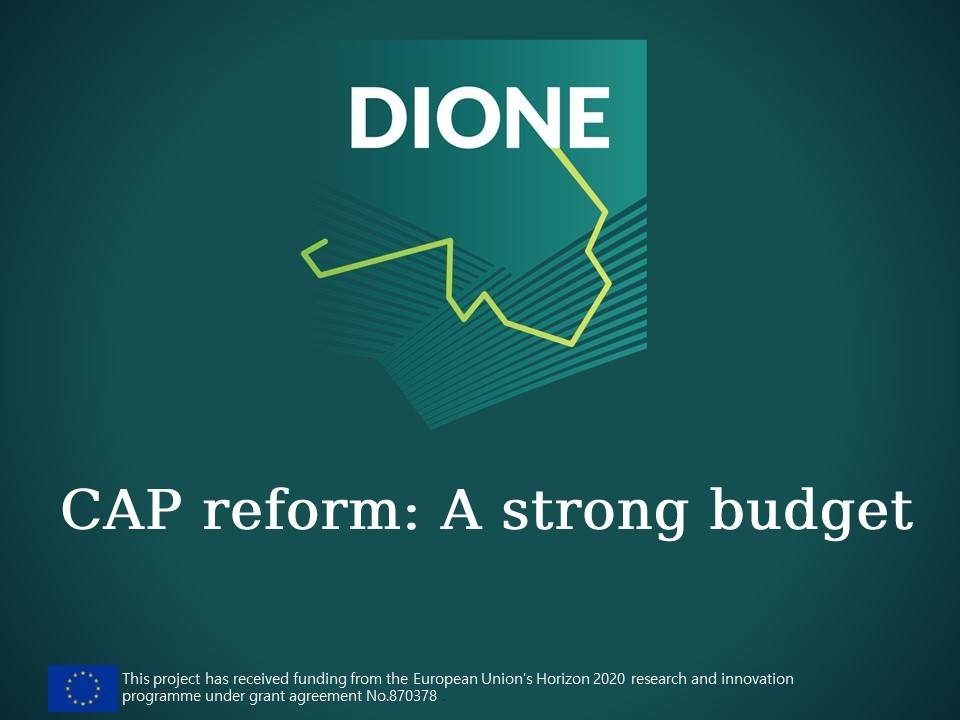
FIRE Forum 2021
May 14, 2021
D2.1 Stakeholder list, personas, and co-designed scenarios
July 27, 2021How EEA-Eionet Strategy 2021-2030 is shaping the future of Copernicus Land Monitoring Services
Good news for EO community is coming! The European Environment Agency (EEA) and European Environment Information and Observation Network (Eionet) have collaborated to produce a new EEA-Eionet Strategy 2021–2030 with an explicit focus on importance of retrieving data collected via Copernicus programme. The EEA-Eionet 2021 – 2030 Strategy explicitly points the increasing need to support the users and the uptake of Copernicus services and their data sets since the information gathered via products such as Copernicus Land Monitoring Services can serve as the basis for further EU policies. Specifically, one of the objectives of the Strategy “foresees making full use of the potential of data, technology, and digitalization to embrace new technologies, big data, artificial intelligence and Earth observation (Copernicus) to support decision-making.” Overall, it is a step forward for DIONE project knowing that the official environment organisations and policy makers are striving toward the same goal as DIONE, which is utilisation and improvement of EO technologies. For you, our EO supporters, this means more progress in environment protection, so be sure to read this influential Strategy by clicking here
CONTEXT
EEA plays a major role as an information source regarding the state of the environment in Europe, thus supporting European Community in producing sound and informed, sustainability-oriented policies and decisions. This is mirrored in regular EEA’s State and Outlook of Environment in Europe reports (SOER). The report issued in December 2019 has highlighted the urgent need for Europe to focus on its current environmental, climate and sustainability challenges. “Europe will not achieve its 2030 goals without urgent action during the next 10 years to address the alarming rate of biodiversity loss, increasing impacts of climate change and the overconsumption of natural resources”, the report states.
The European Commission’s efforts to solving Europe’s environmental issues are mirrored in the adoption of European Green Deal (EGD) in December 2019 which proposed the implementation of the General Union Environment Action Programme to 2030 (8th EAP). The 8th EAP is designated to ensure the implementation, enforcement and effective delivery of environmental and climate policies and legislation. The EEA and Eionet Strategy 2021-2030 has been therefore developed to support these actions. One of the main conditions that enable the achievement of the 8th EAP priority objectives is a requirement for “harnessing the potential of digital and data technologies to support environment policy while minimizing their environmental footprint”. Through the above-mentioned strategy, EEA and Eionet support the Commission in boosting the availability of “data on environmental, social and economic impacts, and exploiting fully other available data, such as those delivered by Copernicus”.
